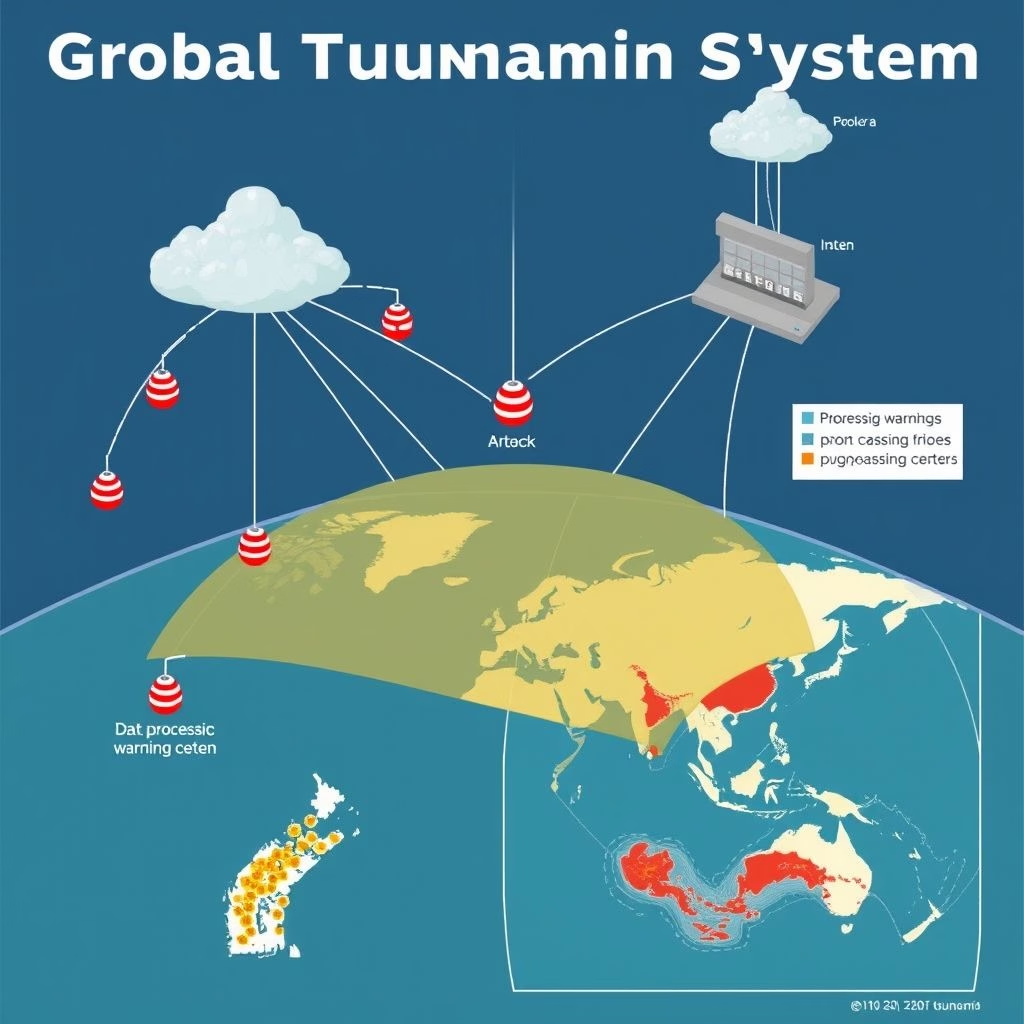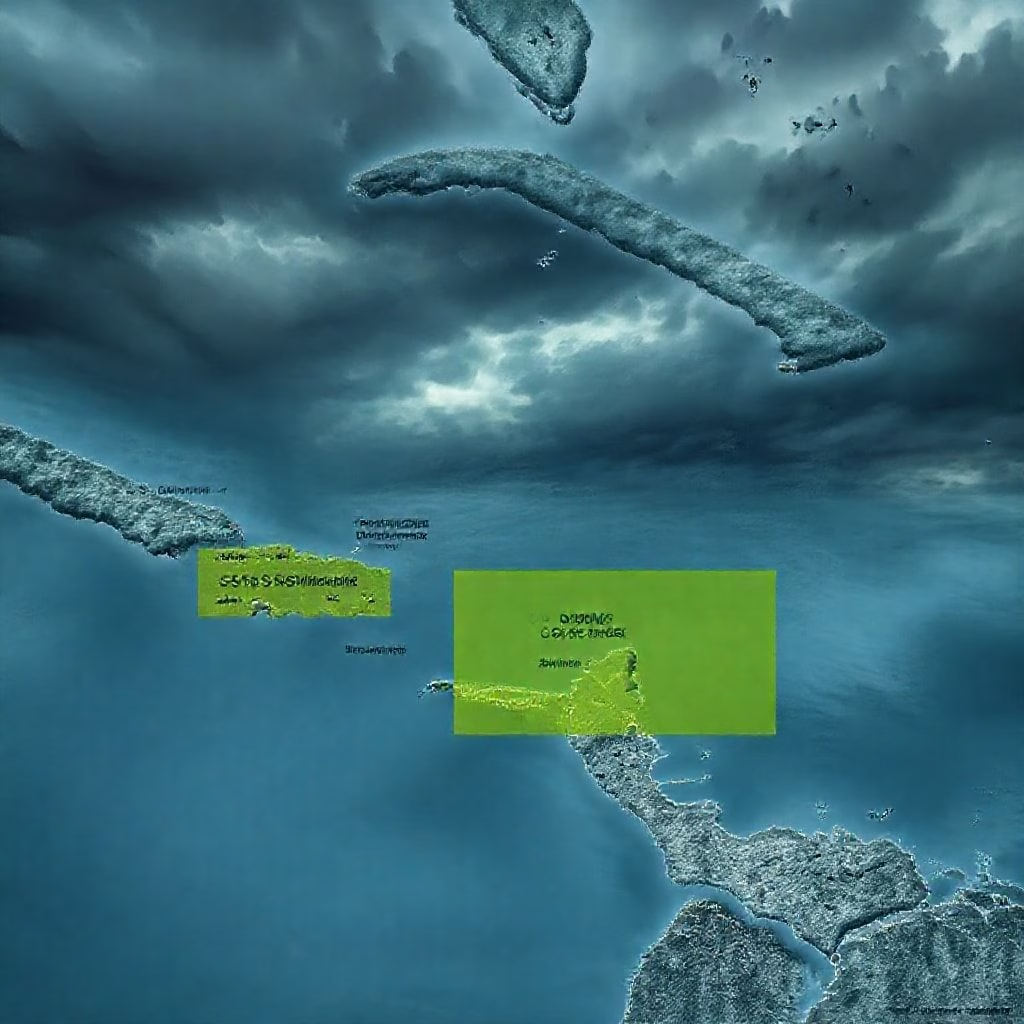The Global Tsunami Warning System: Protecting Coastlines Worldwide

Understanding the Global Shield: How Tsunami Warnings Work
The devastating impact of tsunamis, natural disasters often triggered by underwater earthquakes, necessitates a robust global warning system. This system is a coordinated effort involving numerous international and national organizations, working in unison to detect, assess, and communicate the threat of tsunamis to protect vulnerable coastal populations. This article delves into the intricacies of this critical network, explaining how it functions and the key players involved.
International Cooperation: Tsunami Service Providers (TSPs) at the Forefront
At the heart of the global tsunami warning system are the Tsunami Service Providers (TSPs). These are primarily international organizations tasked with the crucial responsibility of assessing tsunami risk and issuing warnings at the basin level. Their analysis relies on real-time monitoring of seismic activity and sea-level changes, allowing them to quickly identify potential tsunami events. The information gathered is then disseminated to National Tsunami Warning Centers (NTWCs) for further evaluation and action.
National Tsunami Warning Centers: Protecting Local Communities
While TSPs provide the foundational assessments, National Tsunami Warning Centers (NTWCs) take on the critical role of issuing warnings to their respective citizens. They use the data provided by the TSPs, as well as their own internal analyses, to determine the potential threat level for their specific regions. This localized approach ensures that warnings are tailored to the unique geography and vulnerability of each nation’s coastline. The decisions made here often determine whether alerts are sent to people or communities.
The Pacific Ocean: A Hub of Tsunami Activity
The Pacific Ocean, historically a region prone to seismic activity and, consequently, tsunamis, has a particularly well-established warning system. The Pacific Tsunami Warning Center (PTWC), located in Hawaii, plays a pivotal role. The PTWC provides warnings for the US Pacific territories and also generates international threat information for the broader Pacific and Caribbean regions. This provides a unified system of threat detection and warning.
Simultaneously, the US National Tsunami Warning Center (US NTWC), located in Alaska, is responsible for issuing warnings for Canada and the US states in North America. The close collaboration between these two centers exemplifies the importance of integrated international and national response in the face of potential danger. The combined efforts and collaboration is key to the protection of the people and communities involved.
Beyond the Pacific: Expanding the Network
The global tsunami warning system extends beyond the Pacific Ocean. The Indian Ocean, Mediterranean Sea, and North Atlantic regions also have dedicated organizations serving as TSPs. These organizations utilize similar methods to assess risk and issue warnings, adapting their approach to the specific characteristics of their respective basins. This global coverage is crucial, as tsunamis can originate in virtually any ocean and pose a threat to coastlines worldwide.
The Importance of Timely Warnings
The effectiveness of the tsunami warning system hinges on rapid detection, accurate assessment, and timely communication. The ability of organizations to quickly analyze data, issue warnings, and disseminate information to the public is essential for saving lives. This intricate system of cooperation has become very important to protect the communities and people that would be affected by the tsunamis.
Looking Ahead: Continuous Improvement
Ongoing research and technological advancements are constantly improving the accuracy and efficiency of tsunami warning systems. Efforts to refine seismic monitoring, enhance sea-level measurement, and improve communication networks are critical to protecting coastal communities from the devastating impact of tsunamis. The constant efforts to refine the system are crucial for the people and communities that are at risk.
The global tsunami warning system represents a remarkable example of international cooperation and the commitment to protect lives in the face of natural disasters. From the international TSPs to the national warning centers, the network works tirelessly to provide timely warnings and safeguard vulnerable populations. The continuous monitoring and assessments is key to protecting the world.




